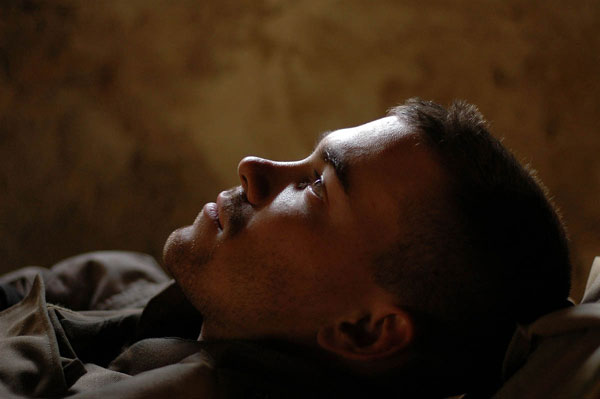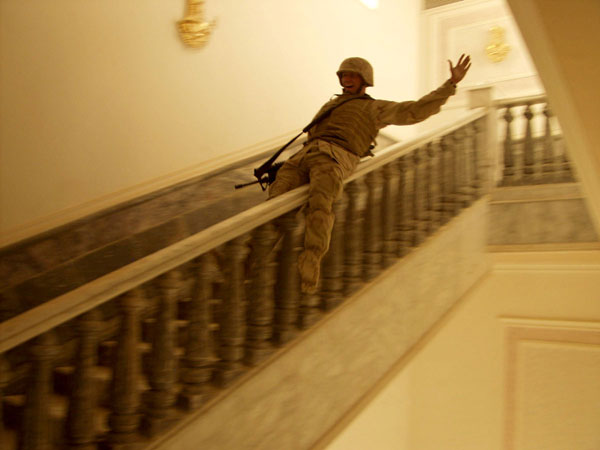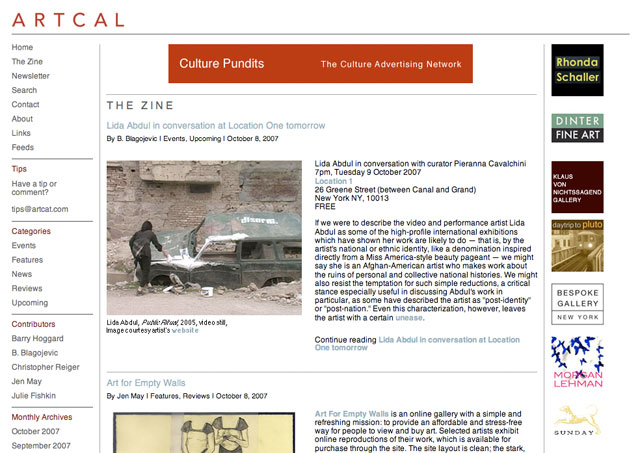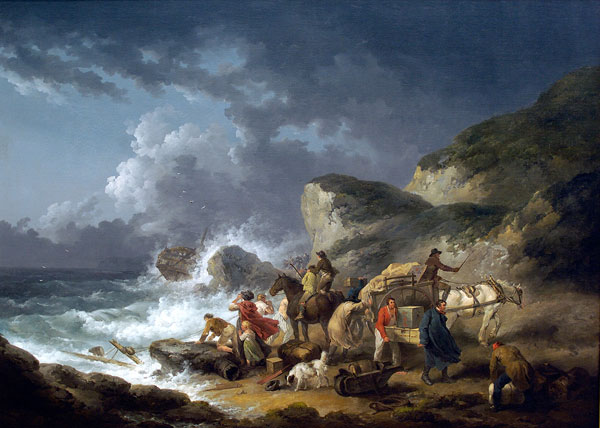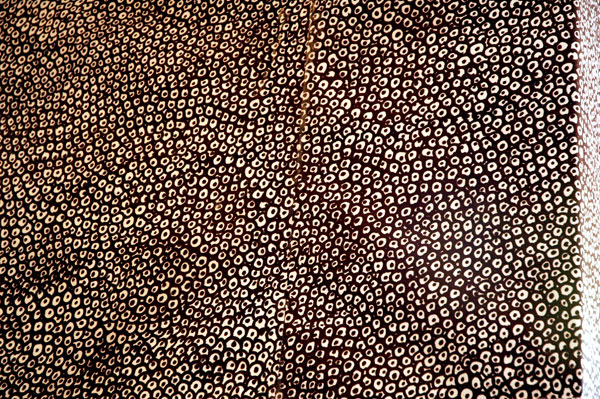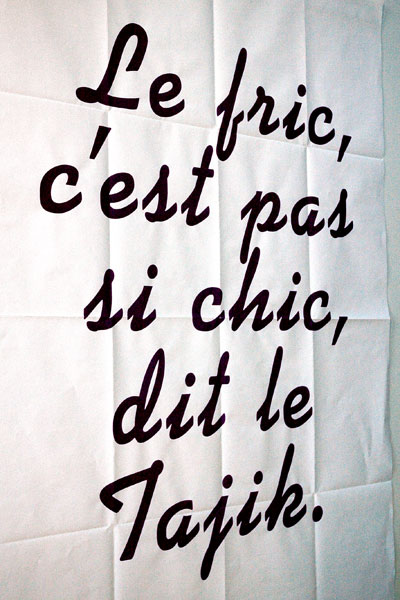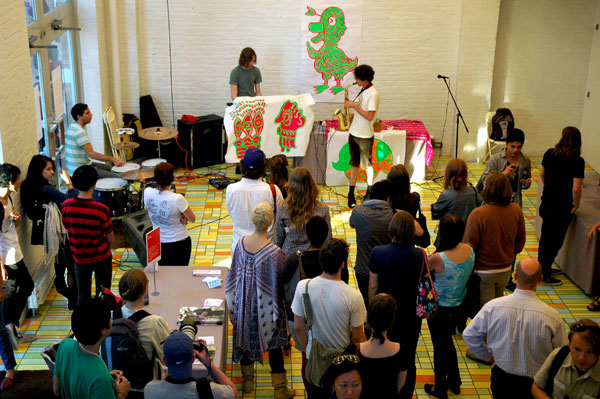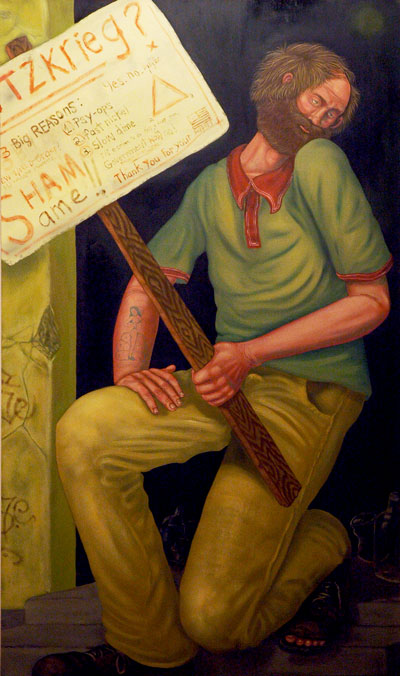
say no to the no
Lately you may have noticed a decline in posts here about gallery shows. There's a reason: I'm not feeling it just now.
I'm going to sound like a grouch, if not just a scold, but my concern about a recent development in the world of exhibiting art has begun to affect my disposition or mood even when I'm not looking at art or writing about it. And I don't like it one bit.
While I don't think visual artists themselves have a problem with visibility, it seems that some of their galleries do. It may only be anecdotal evidence, but there appears to be a growing tendency among exhibitors to restrict or prohibit photography. I have been blogging about the visual arts for nearly five years, almost always including in these posts my own images of the shows I visit.
Because of my own recent experience, and that of others, with galleries trying to control visual access to their artist's work, for some time I have been feeling very sensitive about carrying my camera into an exhibition space, any exhibition space. I was in Chelsea yesterday when the incident which inspired this post occurred. Prior to it there was a moment in another gallery when I probably misunderstood the interest expressed by the attendant in my photographing work. I tensed for a moment, believing I was being challenged, but much later Barry told me he thought it was a totally friendly inquiry, that she only wanted to see what I might write about the show.
It did set me up for the real encounter we experienced in the gallery we visited only minutes later. Although I was now feeling a little shell shocked, I had already gone ahead and captured some images of that show when I was asked by the woman at the front desk, "This isn't for publication, is it?". After I explained my purpose she replied by way of an explanation of her question that she had been instructed to tell people that "images are not supposed to be used for publication". Little more was said and everything still remained more or less unresolved when we left shortly after.
I don't need the harassment, and no one else does either. I go to gallery shows to see art, and I bring my camera with me in order to share what I see with others who might be encouraged to pay a visit themselves or who might not be able to experience it themselves. I try to capture and upload my own image of work I see because I believe a work of art can and should be seen in many ways, and that it has nothing to lose and much to be gained from encounters with multiple and differing observations.
I have always felt comfortable around art, I have always felt comfortable in gallery environments, and I have always done what I could to help others share this comfort. I pretend no special propagative powers in the arts, and I claim no special rights of access, as an acolyte, a writer or a photographer. I believe that no casual visitor to a gallery should have to report to a desk in hopes of being able to demonstrate her or his worthiness for license to use a camera unobtrusively.
Beginning with the first two much earlier incidents, which were spaced in time at some distance from the other more recent examples, I have encountered or been told about prohibitions broadcast by the following galleries, although it is likely that there are others with similar policies:
303 Gallery (one show)
Gagosian (one show) UPDATE: it's now all shows
Capla Kesting
Jonathan LeVine
Pace on West 22nd Street (but not Pace Prints)
Paul Kasmin
I will not be writing about shows hosted by these galleries when they maintain camera prohibitions. This saddens me almost as much as the triggering affronts discomforted me. Each of the galleries may claim to have adopted restrictions for their own good reasons, but whether a visitor is using a camera (without flash or tripod) as a personal notebook, a sketchbook, an online diary, a flickr gallery, a blog or for any other benign purpose, the effect on the artist is equally malefic, even if the fan can just walk out. Any possible malignant purpose on the photographer's side, imagined or real, can be dealt with by other means, without directing a massive preemptive blow to the art being shown, or an enthusiasm for art.
Galleries (and museums, too) must not be converted into hostile environments.
Finally, I will say here that I absolutely do not have to be an art blogger. It consumes a huge amount of my time, no one is paying me, and I have an enormous number of other important interests. If these shortsighted camera restrictions become more general within the gallery community, I will no longer post about shows at all. I have no interest in being associated with anything which encourages more opaqueness in the display of works of visual art. In addition, if I continue to be nervous about even going into galleries (I'm almost never without my camera in my hand no matter where I am), I may decide to give up altogether a routine that once gave me such great pleasure.
HAPPY UPDATE: The gallery Pavel Zoubok had a photo-prohibition at the time this post was written, but has since changed its policy
[image from stanford recycling center]


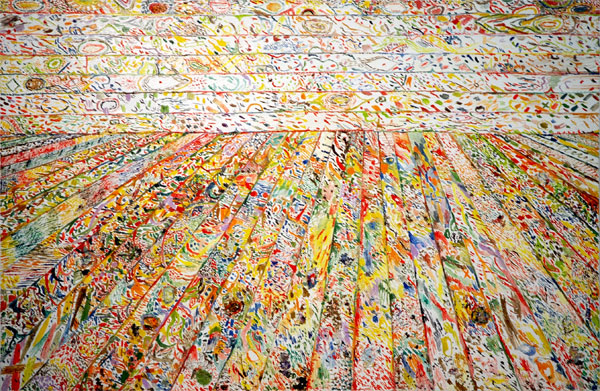

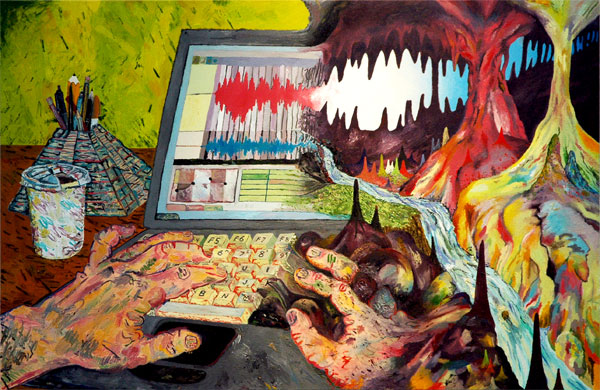
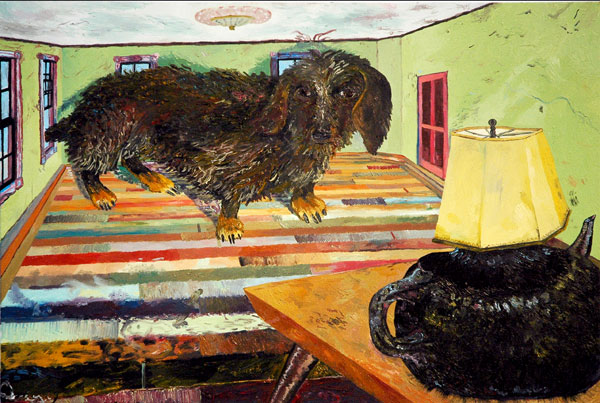
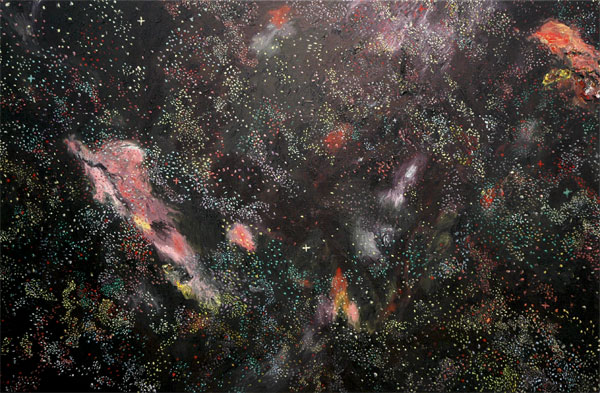


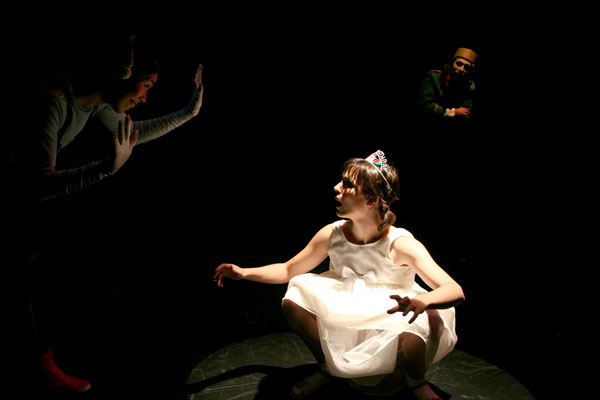
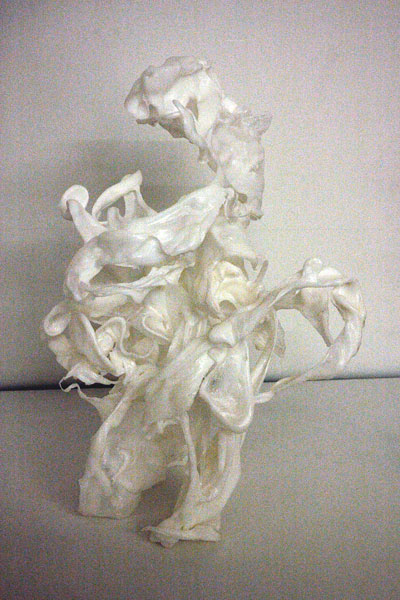
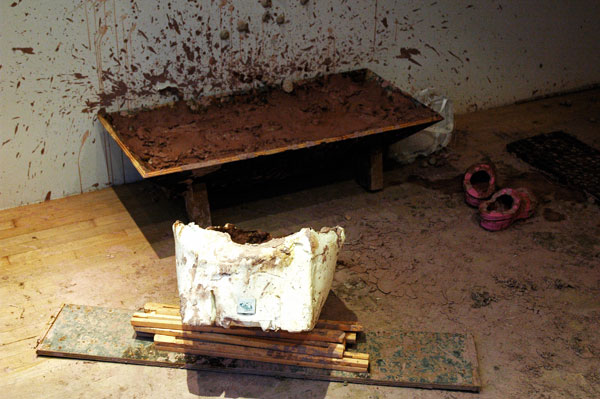
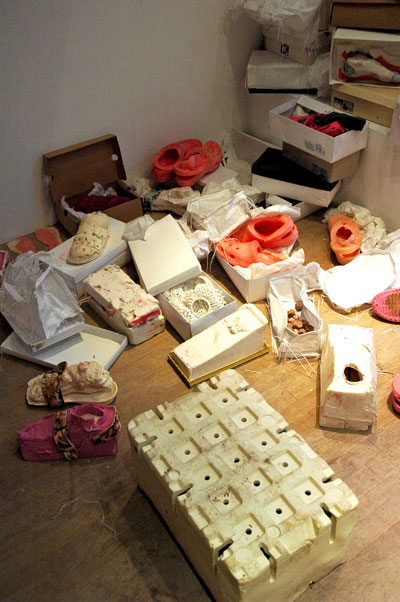


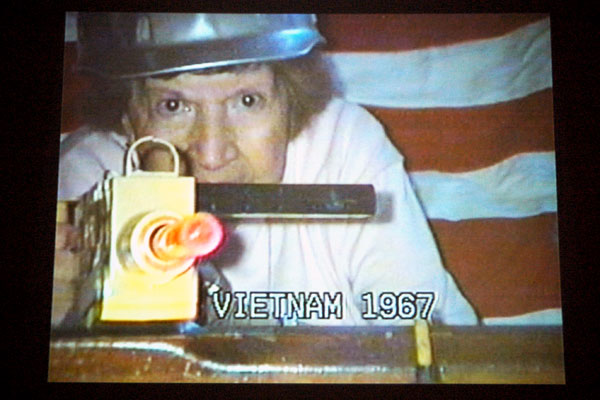
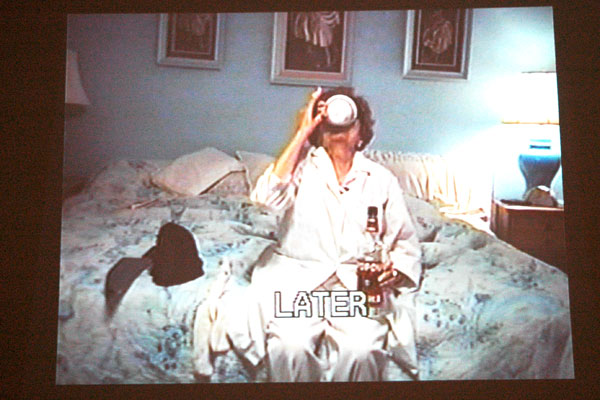
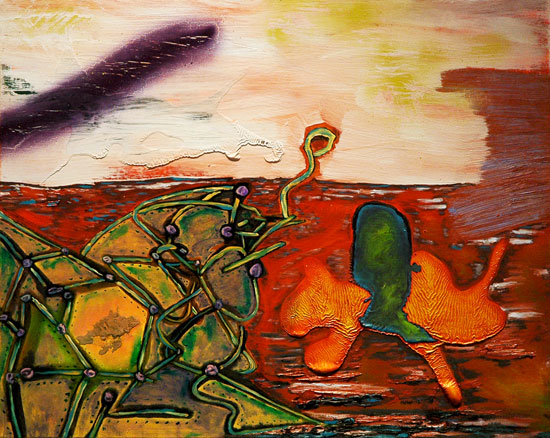


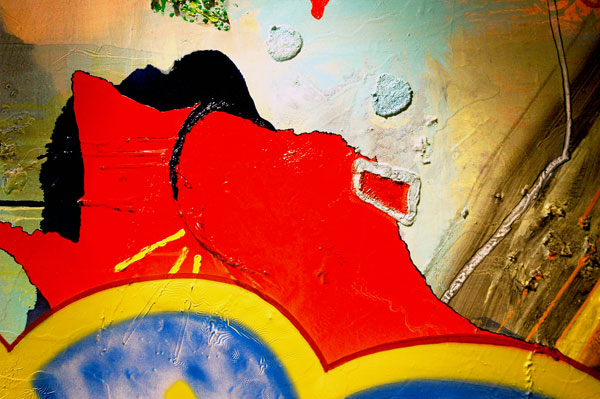

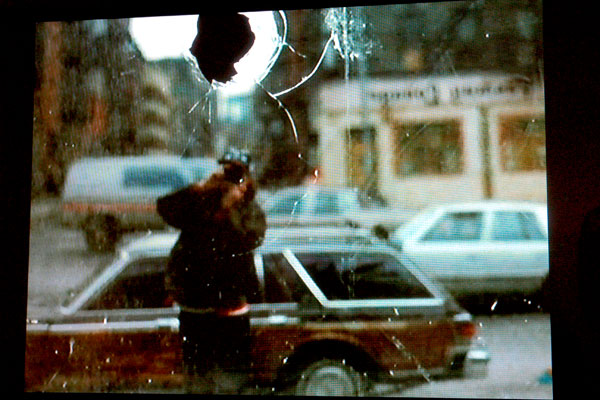
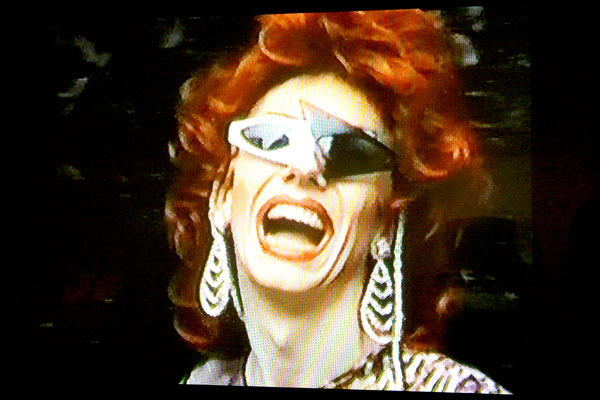
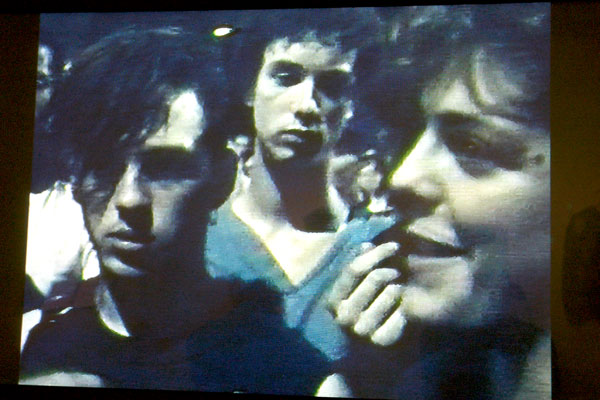
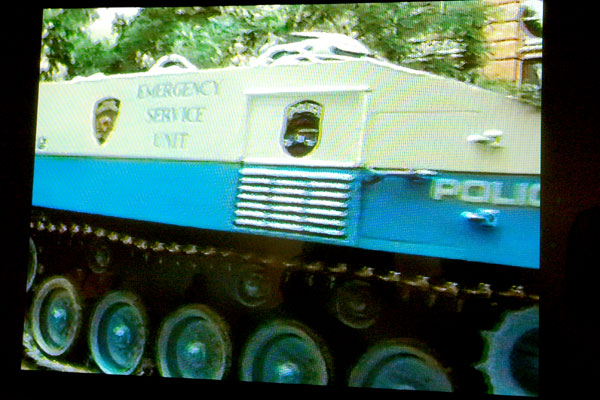
.jpg)


